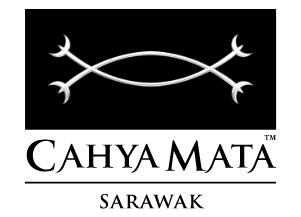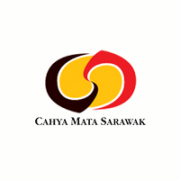CMSB seeks engagement and collaboration in response to PKR demonstration
Kuching (Sarawak), Thursday, 25 September 2014: Cahya Mata Sarawak Berhad (CMSB), parent company of CMS Clinker Sdn. Bhd., acknowledges and reports the requests made by some members of the local community in the vicinity of the long-established facility at Mambong, which we would like to address fully and openly. We understand that a peaceful gathering has been planned for Saturday 27th September. As a group, we have always been committed to working with the communities in which we operate. As such, we seek engagement and collaboration to resolve concerns about the levels of dust, noise and tremors at the Mambong facility.
The new cement mill project at Mambong will consume clinker that we currently produce at the CMS clinker plant. As part of our environmental-impact minimisation, it will come with more than 23 of the latest and most efficient bag filters, with an industry-leading suction capacity, keeping emission levels substantially below the particulate emission limits as outlined in the Environmental Quality Act (EQA 2014). The bag filters also carry a particulate Continuous Emission Monitoring System (CEMS), ensuring that particulate emissions will be monitored around the clock, keeping them well below the EQA 2014 guideline limits. Dust emissions from the main stacks – as recorded and independently-audited by the environmental consultant approved and licensed by the Department of the Environment (DOE) – are up to 50% below the Malaysian recommended levels outlined in the EQA 2014. We have been strict on particulate dust emissions, by regularly repairing and upgrading the dust control systems. We have also performed due diligence by conducting a quarterly audit on Total Suspended Particles (TSP) and particulate matters for all the areas within and outside the plant, per the requirements of Post Environmental Impact Assessments (PEIA), and all readings met the stringent limit set by the DOE.
With regard to the plant’s proximity to residential areas, the plant is, and will continue to remain, within the initially-agreed boundary limit, which was authorised by the DOE in 1994, based on the controls placed on emissions by air, water and noise. It is not, however, within CMS’s jurisdiction to control land it does not own, which includes preventing residential areas outside the plant moving ever-closer to CMS’s operations.
Limestone quarry blasting involves strict controls, including a blasting permit and the requirement to follow a strict set of procedures. CMS complies with these rules in their entirety. The blasting is overseen by a licenced quarry operator who monitors the process. We have almost no incidents of flying rock, which is indicative of our carefully controlled and managed rock blasting procedures. Tremors do not occur outside of the blast zone, which is likely mistaken for the late sound effect of the blast, rather than earth movement. Vibration effects are carefully monitored and controlled by the Quarry Contractor, who measures both air blast tremors and vibratory land tremors. Data from July 2014 onwards show that all measured vibrations fell well below the regulated industry standards. Almost 100% of all air blast tremors are below the maximum industry standard of 125 dB, with 100% of land tremors falling well below the industry standard of 5mm/s, of which almost all fall substantially below an almost unnoticeable 1mm/s tremor reading.
CMS would like to make plain that compensatory claims regarding the affected Native Customary Rights (NCR) land claimants surrounding the limestone quarry were settled before the commencement of operations, by 1996. Other claims made by the surrounding villagers, within the quarry buffer zone, have been settled amicably over the past 18 years. This includes mutually agreed and accepted monetary compensation to the original families residing on that land.
CMS is proud to exceed both local and international standards for the benefit of the environment and the communities of Sarawak. Instead of protesting, we encourage the organisers to appoint a spokesperson on their behalf with whom CMS can engage in a wide-ranging and fruitful discussion to find common ground and resolution.





